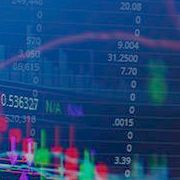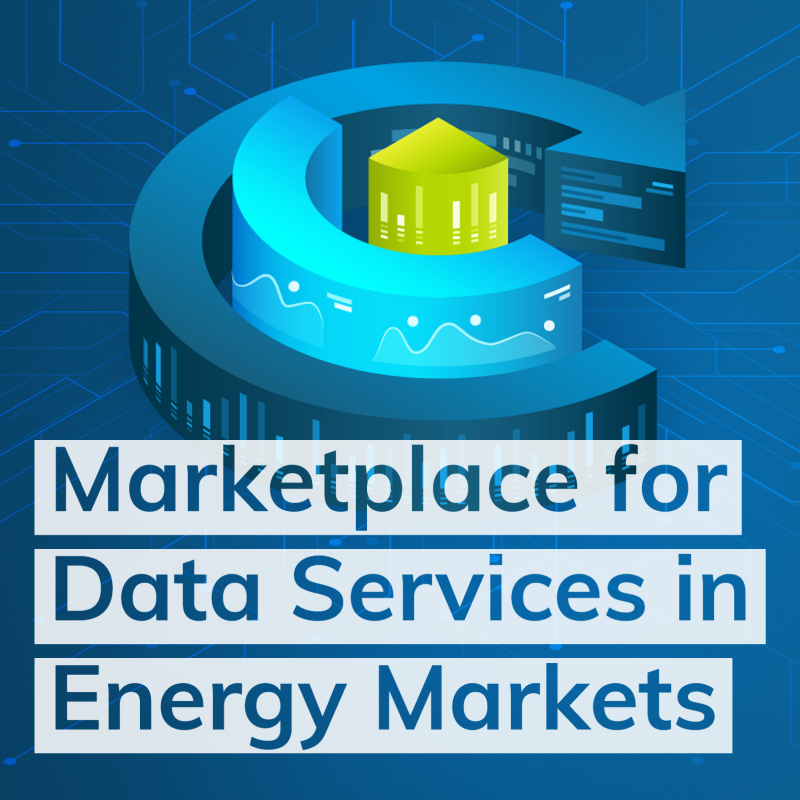HYDRIX FAQ
For calculating HYDRIX: Lower Heating Value (LHV) or Higher Heating Value (HHV)?
How many and which companies are contributing to HYDRIX?
EEX compiles the HYDRIX hydrogen index on a weekly basis, together with renowned and well-known partners from industry and the energy sector. All organisations are committed to support the hydrogen market ramp-up, to foster transparency such as price assessments. Our contributors span from classical utilities, trading houses, engineering companies to industrial consumers. In order to ensure a fair, transparent and non-discriminatory process, we do not publish names, nor the number of contributors.
What is the volume behind HYDRIX
The price assessment focusses on price and does not request volume data from contributors. However, each contributor is required to base its assessment on all the offers made and received as well as trades concluded and to consider their respective volumes when determining the final assessment.
How can interested parties register, and who is eligible to participate?
All market participants active on the hydrogen market can contribute to improve hydrogen price transparency together with EEX, and so, actively shape this growing market. Contact us at support@eex-transparency.com and register for the online price assessment tool. The prices provided are used securely and anonymously for the calculation of HYDRIX.
How is HYDRIX currently operating, and what results has it achieved so far?
We only launched the index in May, therefore we cannot yet report on impact. HYDRIX is calculated on a weekly basis and is available as of 24 May 2023. The index is published in euros per MWh on the EEX Transparency Platform every Wednesday at 4 p.m CEST, here.
How can I integrate HYDRIX at my site?
We start with the immediate publication of HYDRIX through the website EEX Transparency. Various technical distribution channels are foreseen to come in Q3-2023. We will communicate on this as soon as possible. Please contact us under support@eex-transparency.com and we put you on our list for further information.
Will you launch further services related to the calculation of the index?
The ultimate goal of EEX is to achieve regulated exchange trading of hydrogen and H2 derivatives. To enable that in the mid-run, we will support the market as much as possible with adjacent services according to market demand and maturity. HYDRIX is currently only calculated for green hydrogen for Germany, but we are looking into possible extension in terms of other market areas, colours, periods and derivatives of hydrogen. Such extensions will also depend on market needs.
What distinguishes this index from other indices?
It is the first and currently solely market-based hydrogen index, who consider commercially offered hydrogen prices from the supplier and consumer side for the index calculation and therefore the willingness from customer to pay for hydrogen. All other indices are solely cost-reflective and therefore only mirror possible costs on the supplier side.
Are the prices really transparent?
For all EEX indices we provide a detailed methodology document. You can find this on the very bottom of our index landing page
How will the price develop?
We want to develop a transparent market. Price forecasts are not our business.
Is the price related to delivery at a specific location?
HYDRIX is an average price for green hydrogen for off-takers in Germany, and the prices and price assessments delivered from our data contributors include delivery costs. Given that we face local differences in Germany, HYDRIX is not to be understood as a delivery price for green hydrogen in Germany but only as a guide figure.
HYDRIX reflects prices for green hydrogen – how do you define green hydrogen?
In our methodology we define green hydrogen as hydrogen produced by electrolysis powered by renewable energies. You can read about our methodology here.
Does HYDRIX cover transportation costs?
Yes. HYDRIX represents the price a hydrogen off-taker pays for one MWh. In that sense it covers the transportation costs.
Given many of these offtake agreements are long-term agreements for projects that have not yet come online, will the data be phased in on a weekly basis from when volumes are delivered? Or is the weekly update a collation of prices that have been agreed?
HYDRIX does not consider prices of future H2 projects as we only calculate the index for the current delivery week. Once those projects are up and running and produce/consume hydrogen, they will be included in the calculation of HYDRIX for the respective delivery week.
Do you believe that this instrument will be crucial for fostering not only the supply but also the demand, which is a critical aspect in today's hydrogen market?
Both sides are needed for a successful ramp-up, supply and demand. With a market-based index based on actual trade prices for hydrogen, EEX provides a benchmark that can be used for investment decisions.



